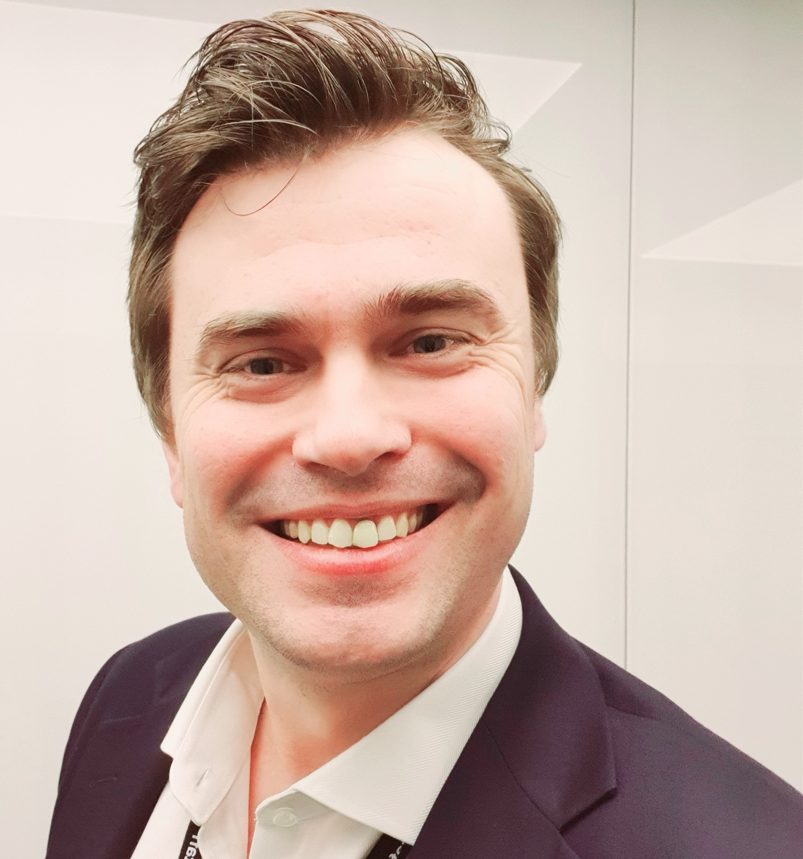The ‘big why’: how doing the right thing helps us do the thing right

I work across Mott MacDonald’s infrastructure projects to help make sure they focus on, and deliver for, people. That includes communities, users and project teams.
For a business so focused on technical excellence — doing what we do to the best of our technical ability — it has been something of a journey for us in connecting more fully with why we do it. We always cared passionately about the railway electrification programme, the location of the new reservoir or the construction of the offshore wind farm. But our first thought was always about ‘doing the thing right’.
So, when we sat down to define our purpose as a business, I don’t think we expected to lead with ‘Improving society by considering social outcomes in everything we do’. But we realised that the very essence of our business was to improve society — to ‘do the right thing’.
Choosing to make a change
The theme of APM’s Conference in June was aligned with the notion of charging our projects with purpose. We had better be clear on our intent, on what we want the change we’re proposing to be.
The idea of a fundamental purpose, acting as a shared goal to aim for, is very powerful. If we want change, what kind of change are we looking for? Where do we want to be and how do we get there? Once we have our ‘north star’, we can start to better characterise what change it is we are seeking.
Below are some further thoughts on how we might strive for a stronger focus on the ‘big why’ of our projects to sit alongside our well-established understanding of what we are doing.
Outcome-focused
We can start with evidence-based decision-making and evidence-based project management. If we start with the what and the why together, we are better placed to avoid the ‘solution’ mindset.
When we focus too much on solutions we tend to ignore where it is we want to be — the outcome — and focus instead on how we get there. This can lead to our projects delivering on our assumptions rather than on our aspirations.
When we take the time to better consider the ‘why’, we will tend to focus more on the contextual drivers behind our projects and not just on the parameters of the iron triangle. We see more clearly the priorities and aspirations of stakeholders, communities, customers and users, helping us to focus on the actual, not the perceived, challenges at hand and to craft solutions accordingly.
Better project management
When we understand why we are delivering a project, we set that project up for success. A project team that understands both the what and the why is more likely to do it right first time.
It’s a little-acknowledged fact that doing the right thing also helps us to do the thing right. This can help to manage project risk and keep our programme and budgets under control — meaning fewer objections, delays and redesigns.
If project teams understand the direction in which the whole project is pulling, the risk of conflicting priorities, duplication of effort and confusion for stakeholders is minimised. Identifying project outcomes at the outset that speak to the why as well as the how ensures that, for example, sustainability initiatives align with social value priorities, local jobs and skills, workforce initiatives, as well as CSR, EDI and ESG — and that outcomes reflect what communities need and want.
Delivering long-term sustainability
As project professionals, unless we can answer why we are doing something, we will struggle to articulate why the finished product should matter to our users and our communities. If we can know and articulate the purpose of an infrastructure intervention — what and whom it is for, and what it is intended to bring about — we are much more likely to shape something that our intended users actively engage with.
Securing the future of our profession
When it comes to our teams, we know that if we can provide a sense of purpose in everything we do, we can inspire the next generation of project managers, infrastructure professionals and engineers. Our early career professionals want this purpose in their work. They know that if we can’t offer it — inspiration, purpose, drive — there are others who can. If we can’t answer the big why for them, we won’t be able to keep them.
You may also be interested in:


0 comments
Log in to post a comment, or create an account if you don't have one already.